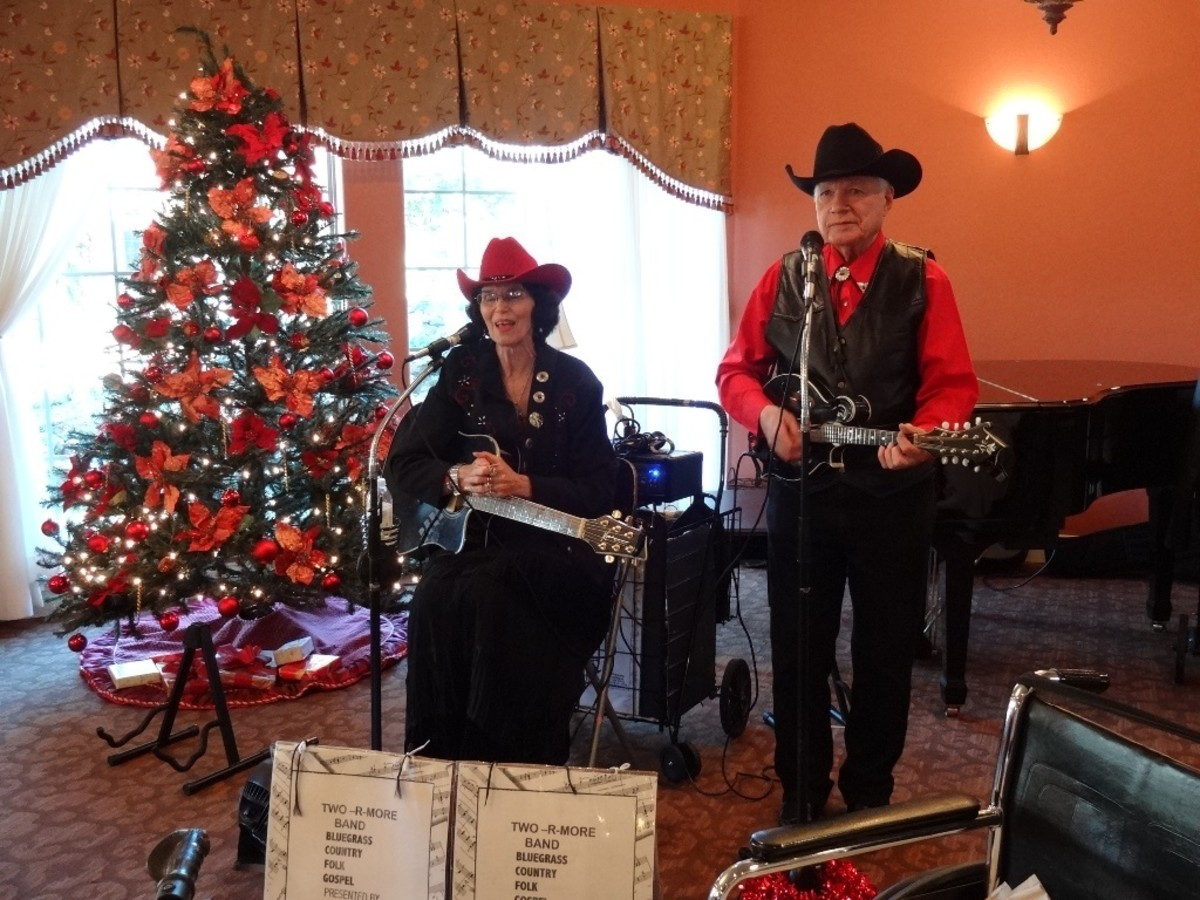Things were simpler when I was growing up. Whenever a member of our family had a stomach ache, we depended on a remedy out of our medicine cabinet.
Back then there were fewer choices for medical remedies. If we had an upset stomach or diarrhea, Mom would treat us with an over-the-counter product from the general store.
There are countless products now, claiming to relieve minor indigestion with catchy jingles about heartburn, stomach ache, and diarrhea. But I still turn to the old family favorite when it's needed. Whether it's the carbonation or the actual formula, this product still works for me when I'm feeling queasy.
Our family medicine cabinet held only a few items like aspirin, Vick's VapoRub, Noxema, Mercurochrome and Merthiolate, a child's worst nightmare. For minor burns and insect bites, we had Unguentine or Bactine. But the most frequently used product for minor stomach aches was a brown elixir purchased from the local pharmacist. We would head to the corner store to fetch a refill if our supply ran low.
Mom would send my brother and I to the corner store on our bicycles where we'd park in the bike racks and head to the pharmacy at the back.
We'd waiting patiently at the glass wall while the druggist clanked out a prescription label on an old manual typewriter. The pharmacy was raised above the rest of the store which allowed a glimpse of his white coat when he moved around. Racks of glass bottles and blank labels littered his work counter.
The store had a variety of household items from bread and canned goods to toys and fishing gear. There was also a rack of comic books like Super Man, Donald Duck, Tom and Jerry or Tweedy and Sylvester that sold for ten cents.
The store was the neighborhood hangout with its soda fountain where they served the best hamburgers around. That was where we ate before fast food places made their way to Key West.
We'd sit on the vinyl stools and sip our five-cent Cokes from a real glass while our fifty-cent hamburgers sizzled on a flat grill. Many summer days were spent sitting near orange and grape drink dispensers, basking in the aroma of hot dogs grilling on the rotisserie.
From our place on the stools, we listened for the pharmacist to call our names to fetch the white bag with the precious remedy; a concentrated solution of Coke syrup in a small bottle.
We’d pay the cashier while eyeballing the nickel candy bars and penny bubble gum, then, hop back on our bikes clutching the package like a bag of gold.
Postal services were available and we mailed parcels wrapped in brown paper cut from grocery store bags. Packages had to be tied securely with cotton string. Regular postage stamps were four cents, with air mail stamps costing seven cents. Letters could be dropped off at the mail slot next to the pharmacy.
We kept our antics in the store to a minimum, knowing better than to cause trouble. If our parents got a call from the druggist that would mean big trouble when we got home.

Once we got home with the remedy, Mom would send us to fetch a tablespoon from the silverware drawer. Armed with the bottle of coke syrup, she would climb the stairs to the bedroom of the ailing family member.
If Dad was the one with the stomach ache, we would sneak up the stairs behind her and wait quietly on the landing while she gave him a dose. If one of the children was ill, the rest of us would march boldly behind her into the bedroom of the afflicted. We'd surround the bed and watch as she opened the glass bottle and poured out a measure of the sticky syrup. The patient, sitting in bed, lips puckered, would swallow the brown liquid, leaving us to lick our lips vicariously at the sickeningly sweet taste.
Coca-Cola was originally intended as a patent medicine. Invented by John Pemberton in the late nineteenth century, it became a popular carbonated soft drink. Two of its original ingredients were kola nuts and coca leaves. The Coca-Cola Company, headquartered in Atlanta, Georgia, produces concentrate of the revised formula, which is sold to licensed bottlers and distributors in over 200 countries throughout the world.The current formula still remains a trade secret.






























